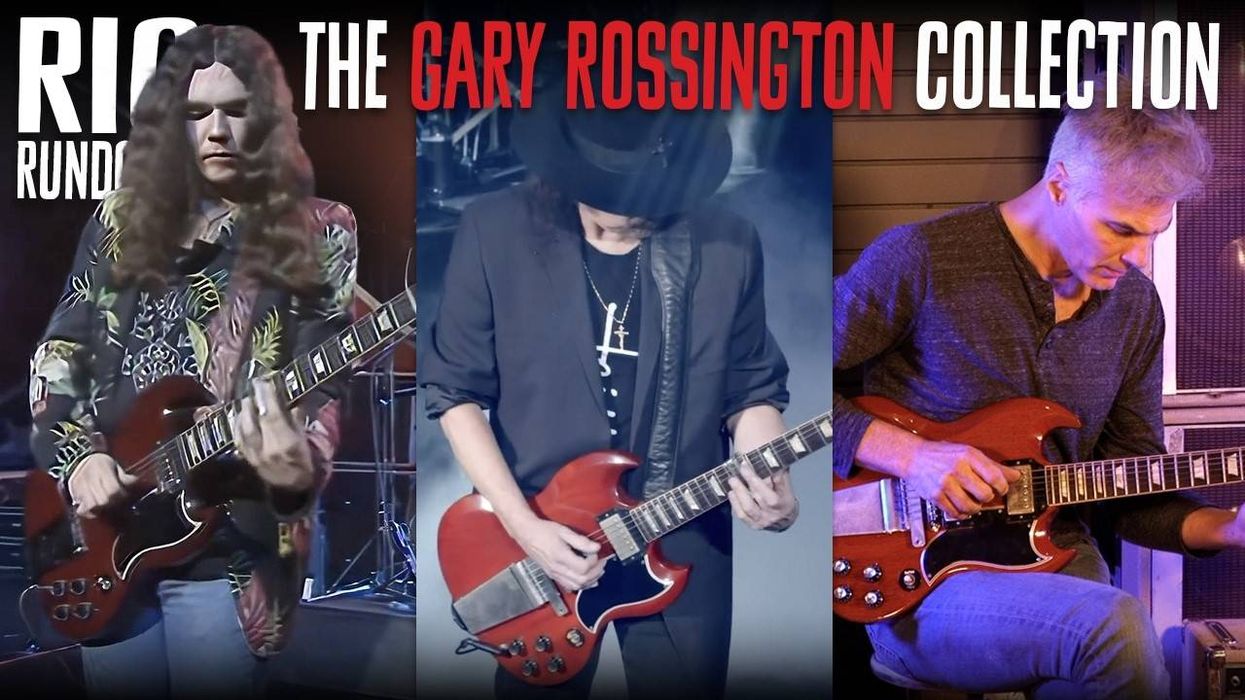This past June, PG traveled to the Wells Fargo Center in Philadelphia to catch U2’s eXPERIENCE & iNNOCENCE Tour. Before the band’s soundcheck, John Bohlinger hung with Dallas Schoo, who has been taking care of The Edge’s ever-changing collection for over 30 years.
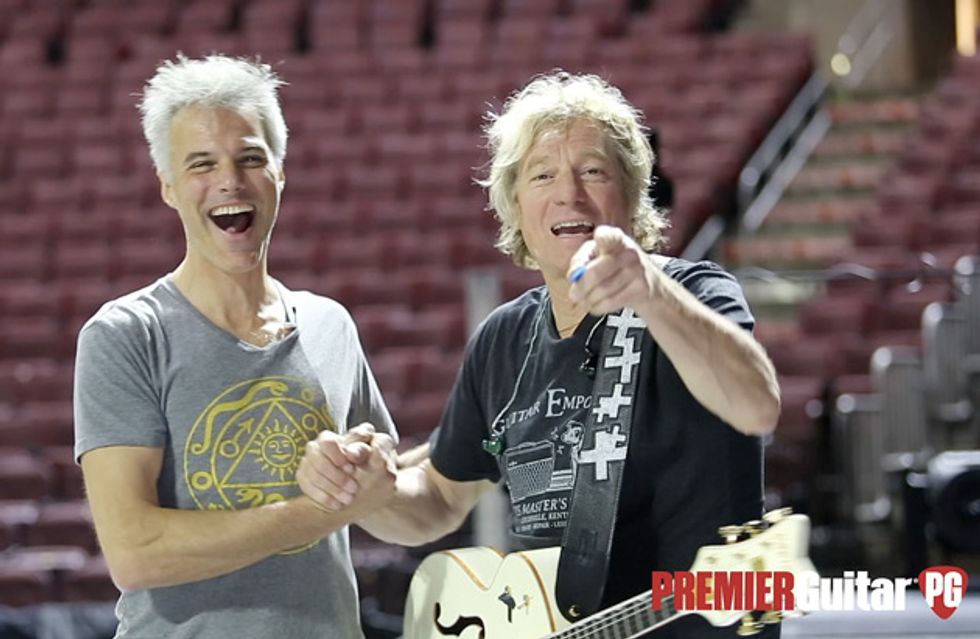
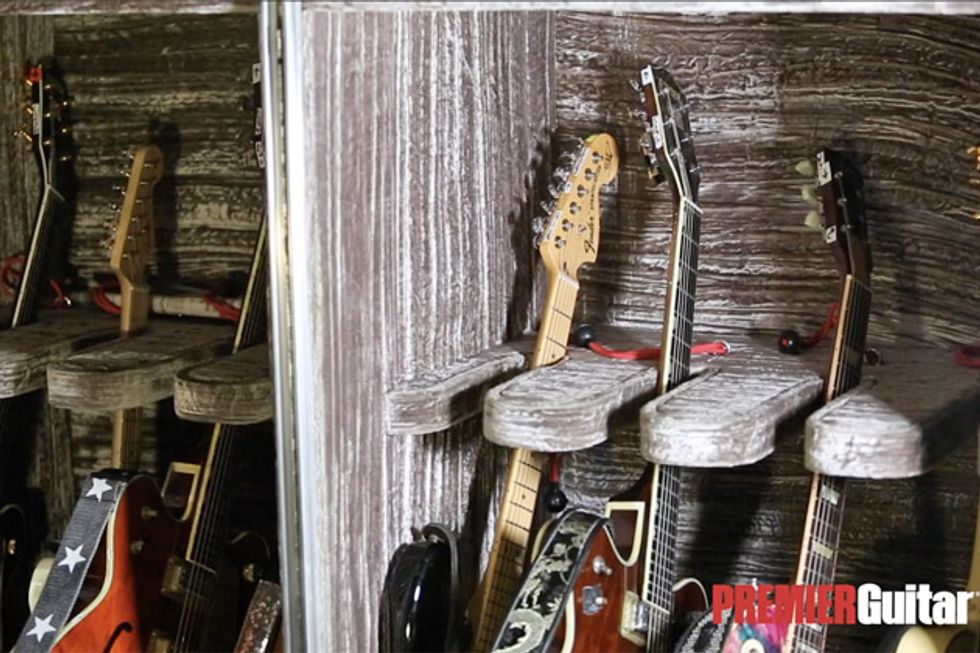
The Edge tours with 45 guitars. He performs with 18 to 20 different guitars every show and has a backup for every one of them. The Edge does not endorse any string company but has Dallas Schoo constantly experimenting with different brands and gauges for each guitar and tuning.
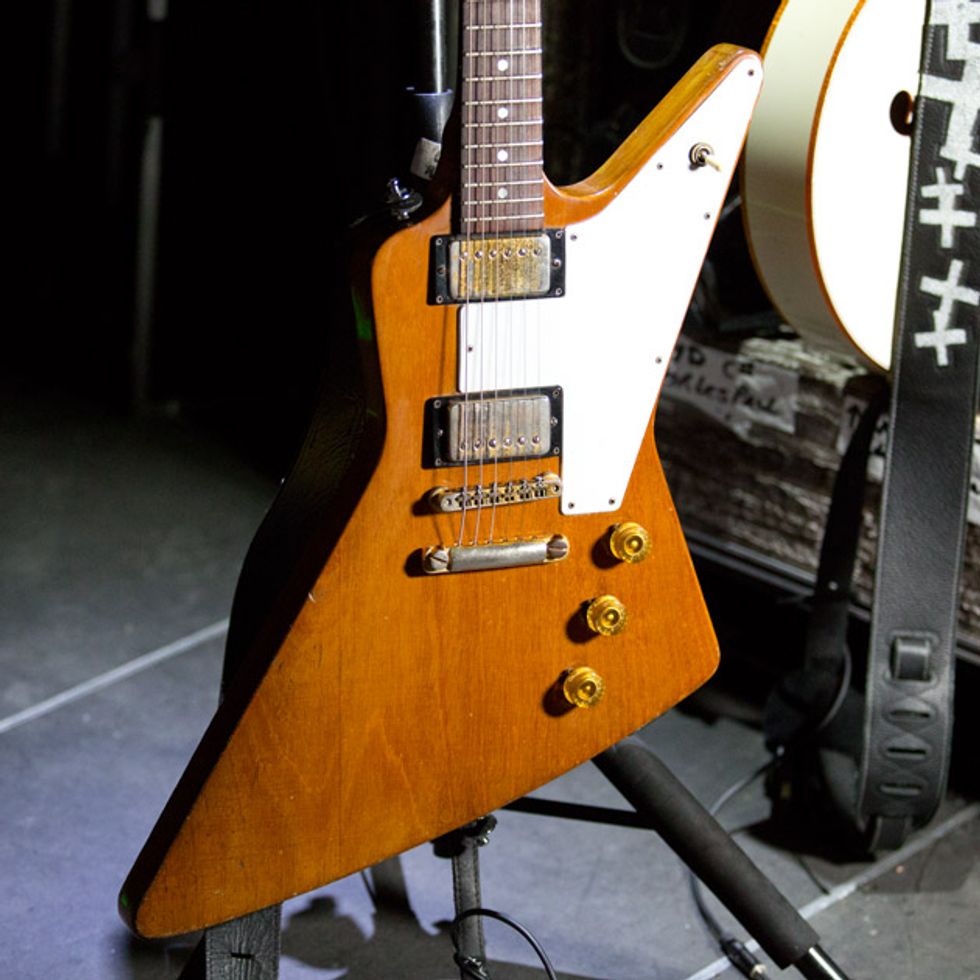
In 1978, on a trip to the United States with his family, a seventeen-year-old Edge bought this 1976 Gibson Explorer. This guitar was there for the birth of U2 and has been part of nearly every tour and session since. Edge now owns eleven ’76 Explorers and currently tours with three of them. They are all stock and nearly identical. And to be clear, Dallas Schoo is always on the look for more.
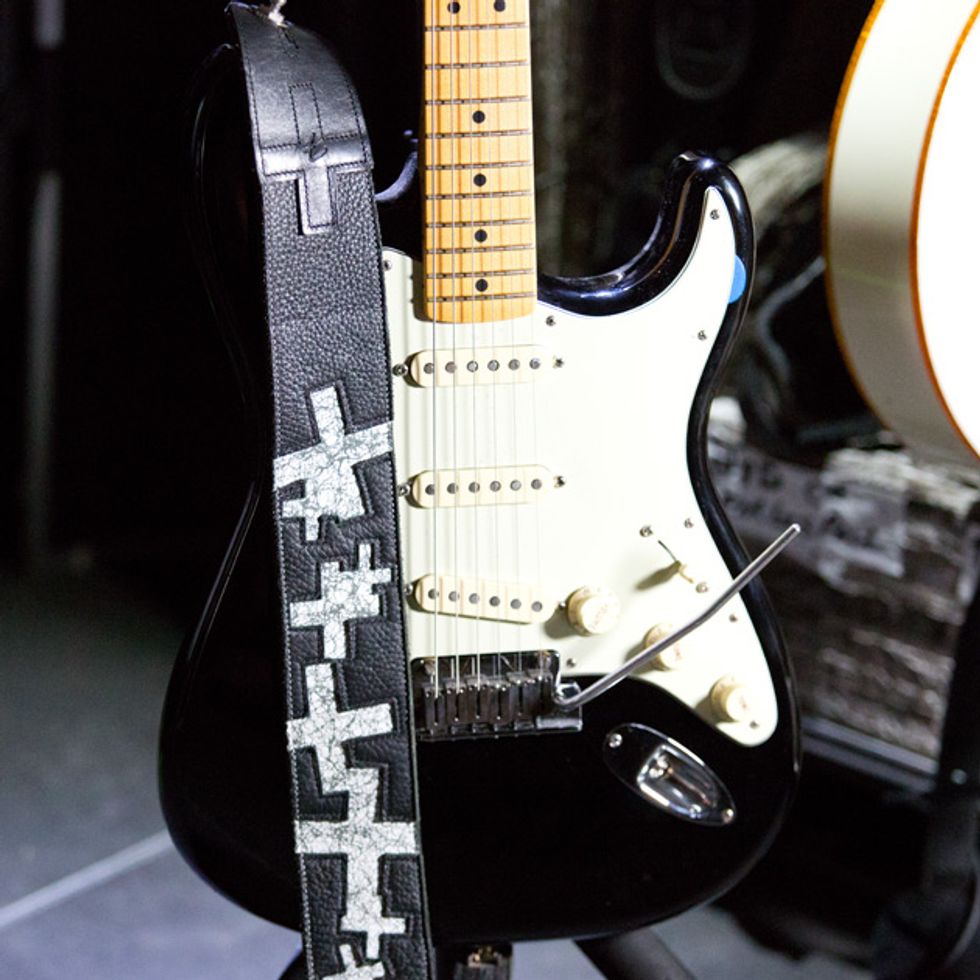
Fender approached The Edge about a signature model based on some of his old favorite Strats. This namesake model features a large headstock, a Dimarzio FS-1 bridge pickup, and two custom staggered Fat ’50s Fender single-coil pickups. The strap on was designed by The Edge.
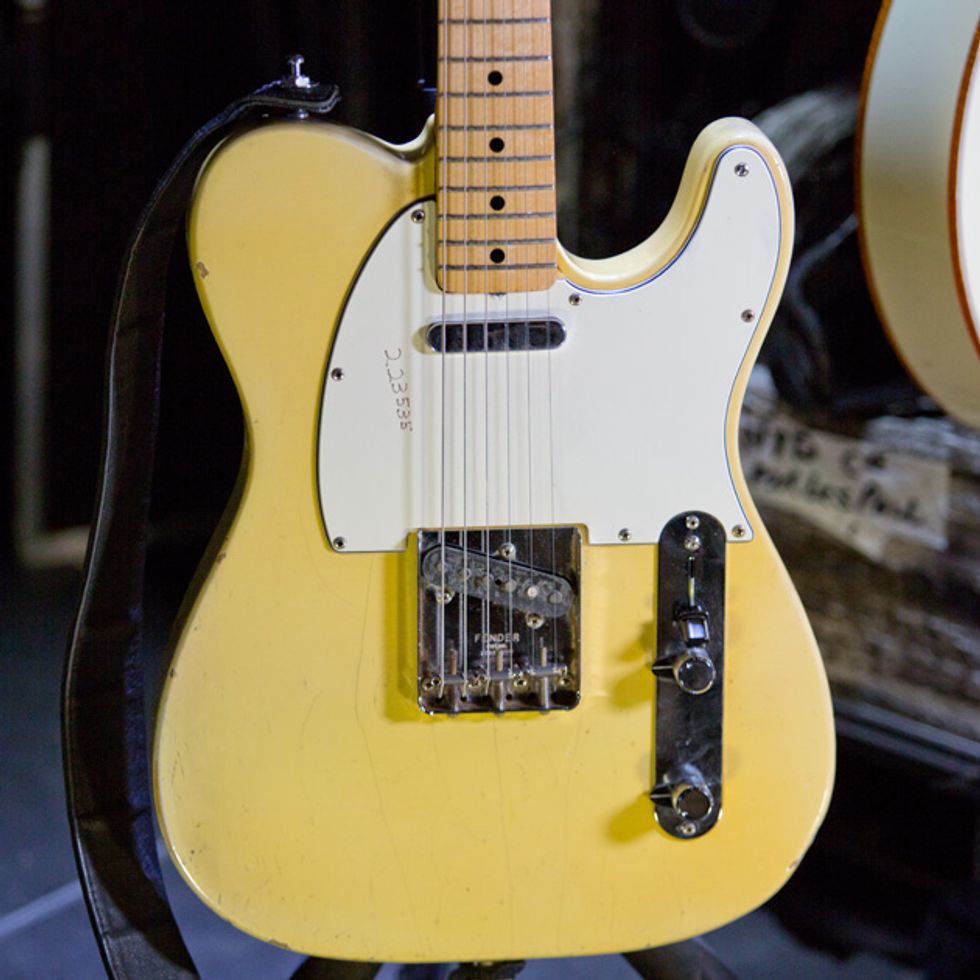
The Edge’s 1971 Fender Telecaster is totally stock with the exception of the mysterious numbers etched into the pickguard.
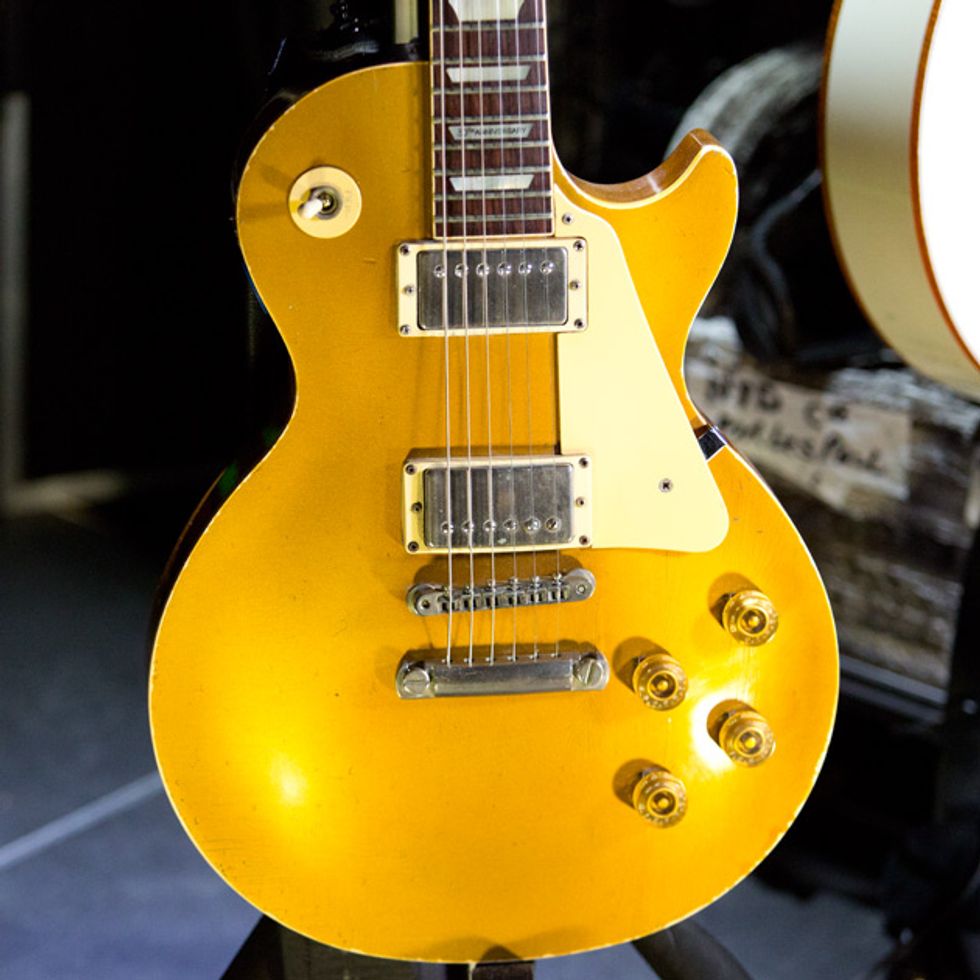
Although he mostly plays vintage guitars, this 1988 Gibson Gold Top ’57 reissue remains one of the Edge’s favorites.
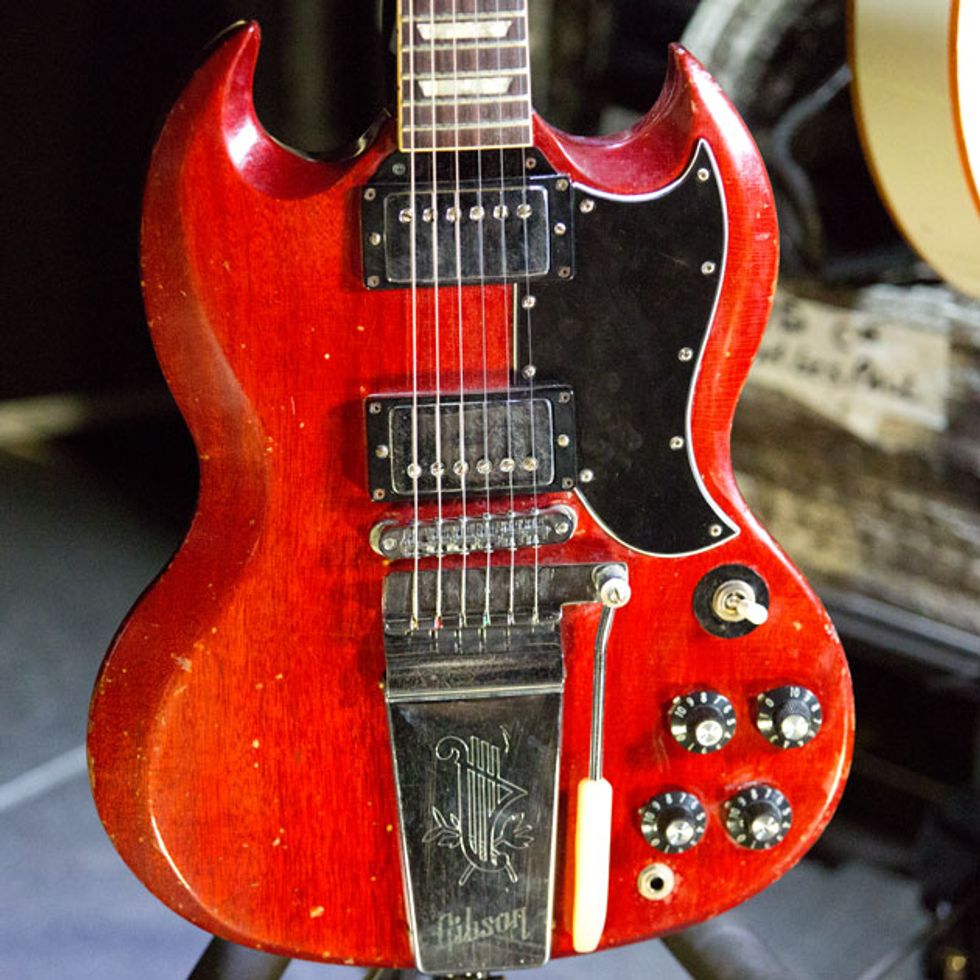
Edge’s 1966 Gibson SG is all stock and even includes the patent-sticker pickups.
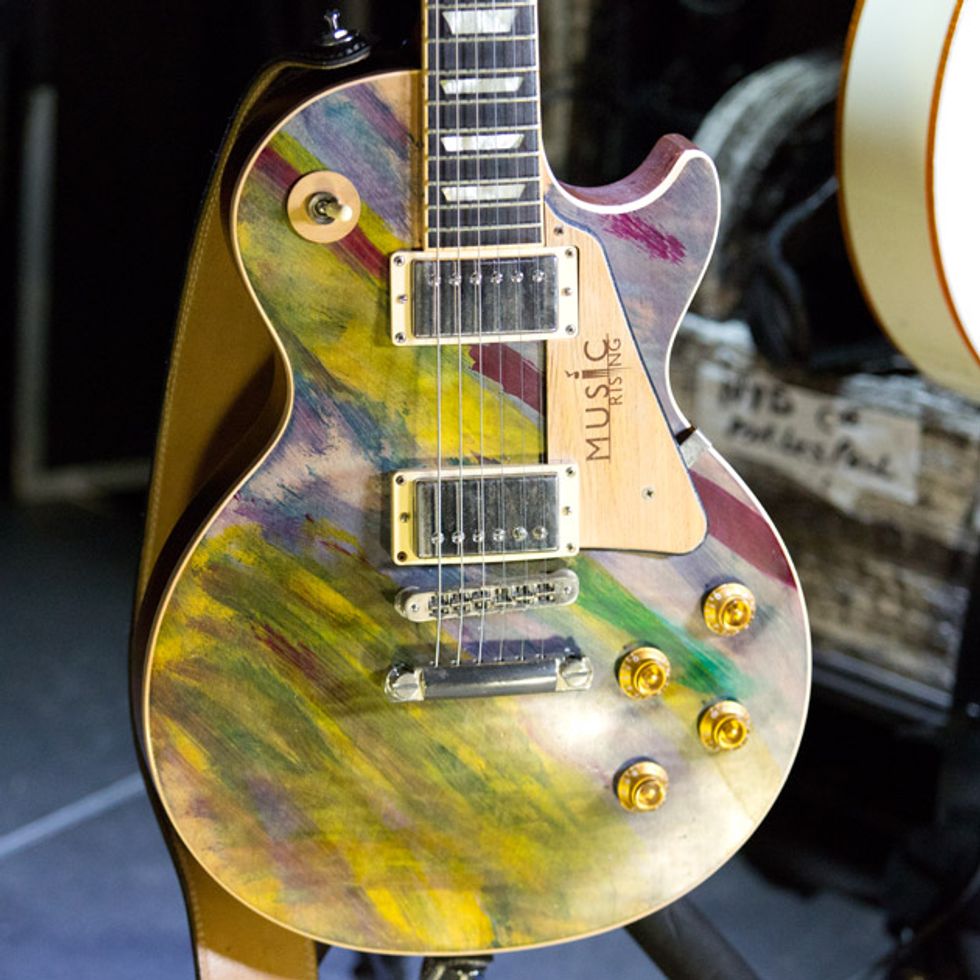
Edge carries two Gibson Music Rising Les Pauls. These guitars were part of a fundraiser to help New Orleans musicians get new instruments to replace those that were lost in Hurricane Katrina. Each guitar features Mardi Gras-influenced artwork to celebrate NOLA’s rich musical heritage.
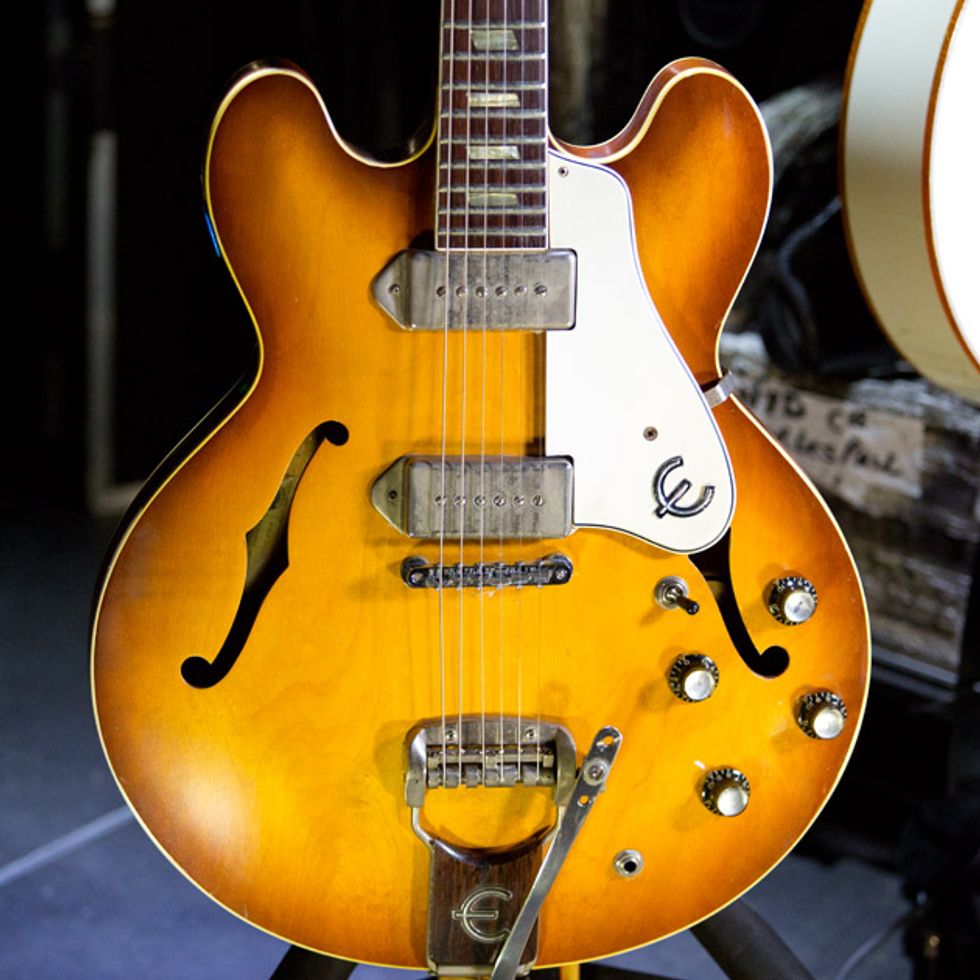
Here is Edge’s 1964 Epiphone Casino that is completely stock.
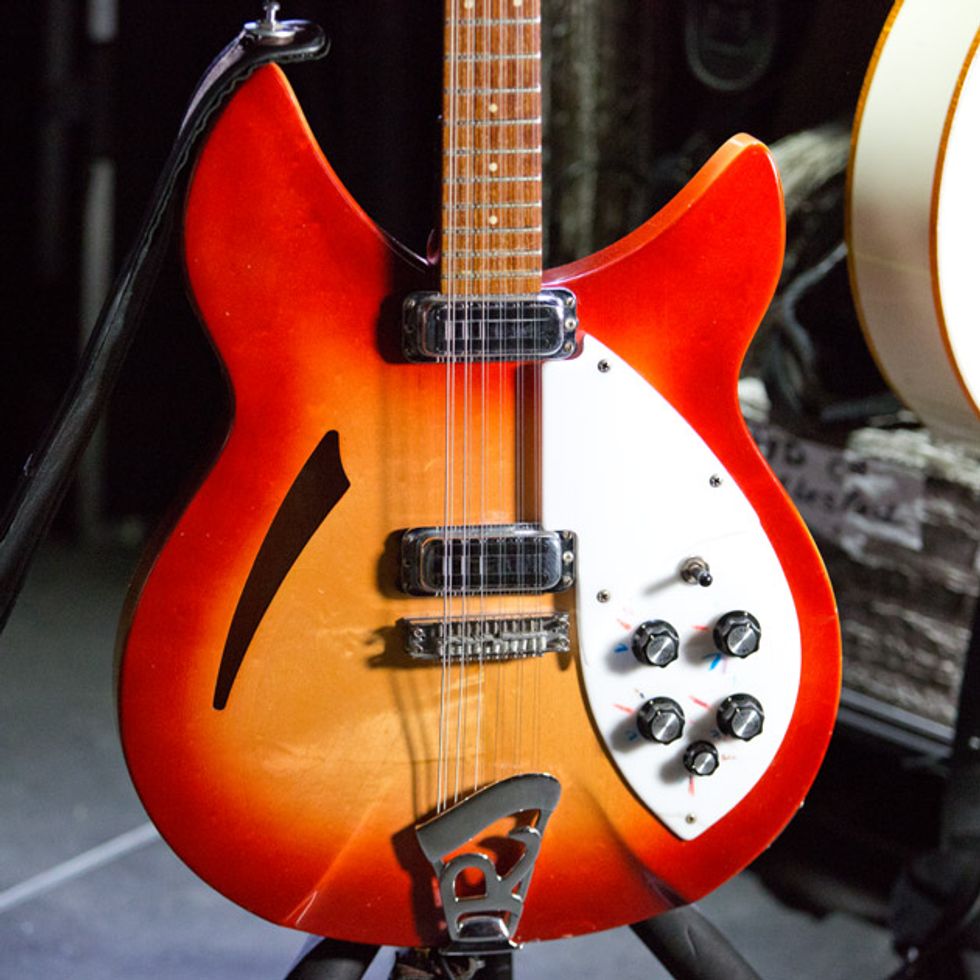
Like most of Edge’s vintage guitars on this tour, this 1967 Rickenbacker 330/12 is all stock.
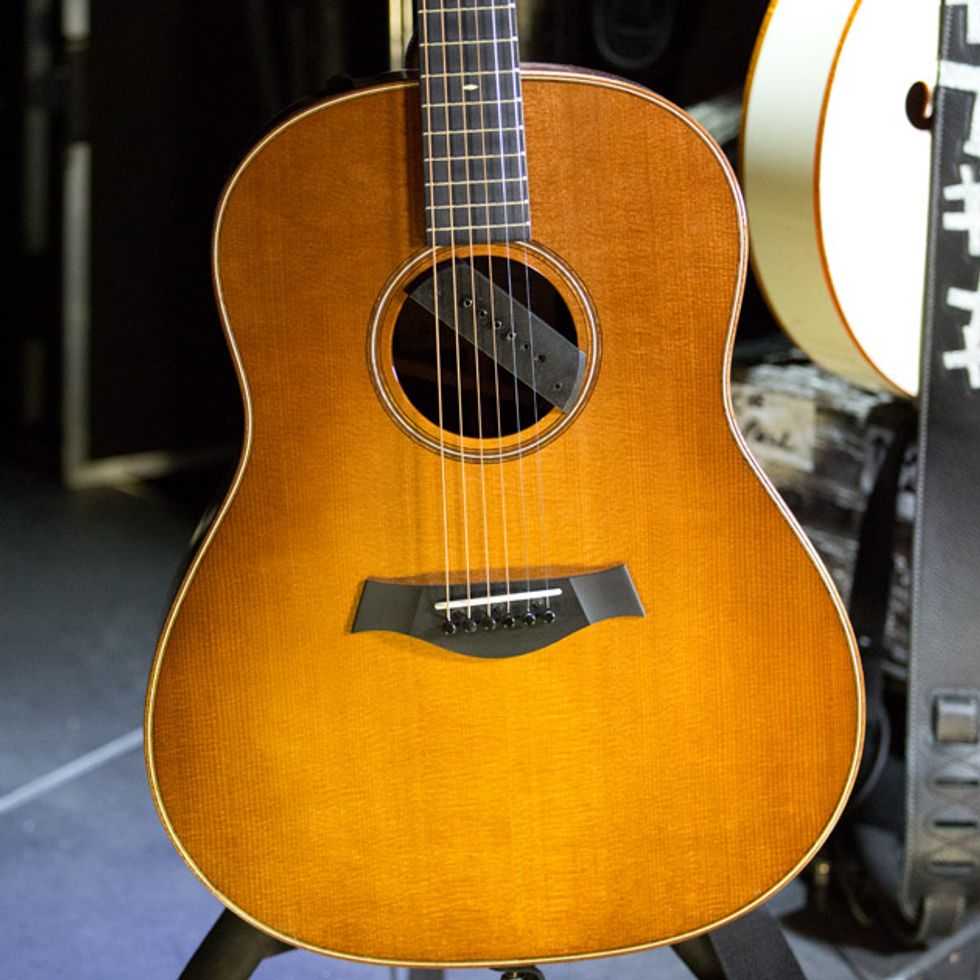
Edge’s new Taylor prototype features a second Sunrise S-1 LW/J sound-hole pickup placed at an angle and is used with the standard Taylor electronics.
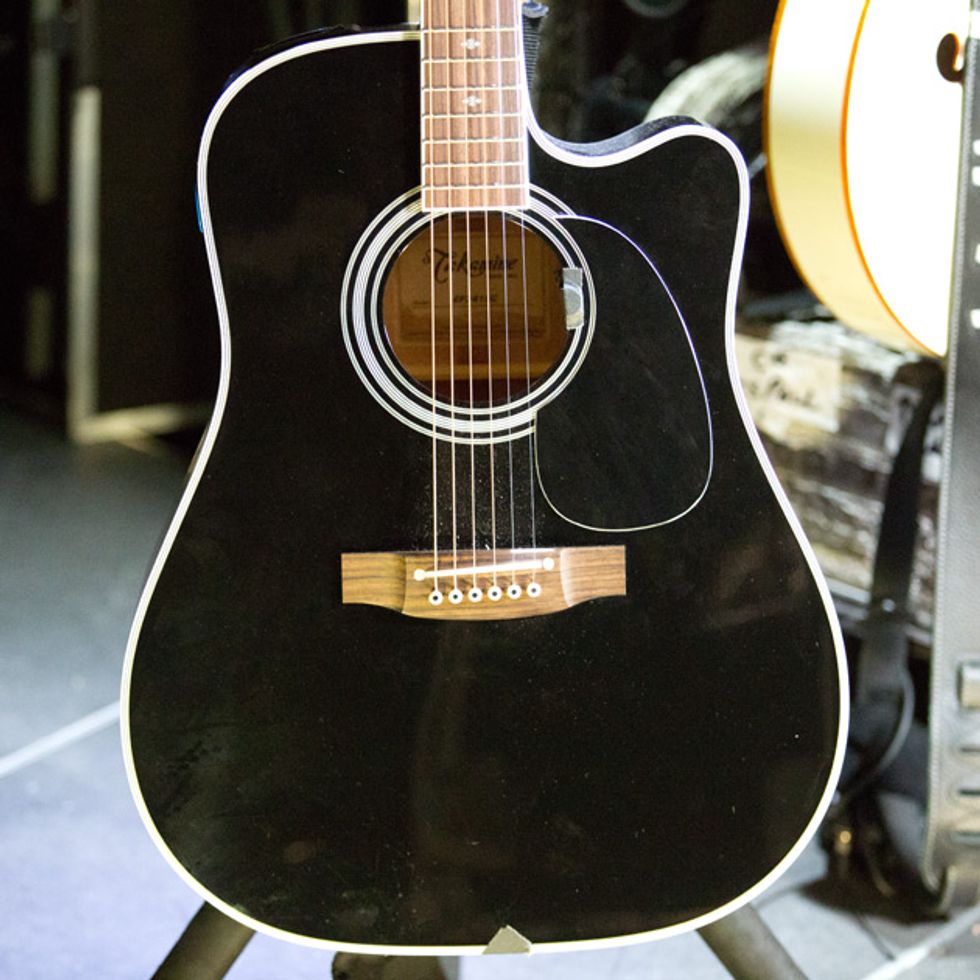
This Takamine EF341SC was a gift to Edge from Bruce Springsteen.
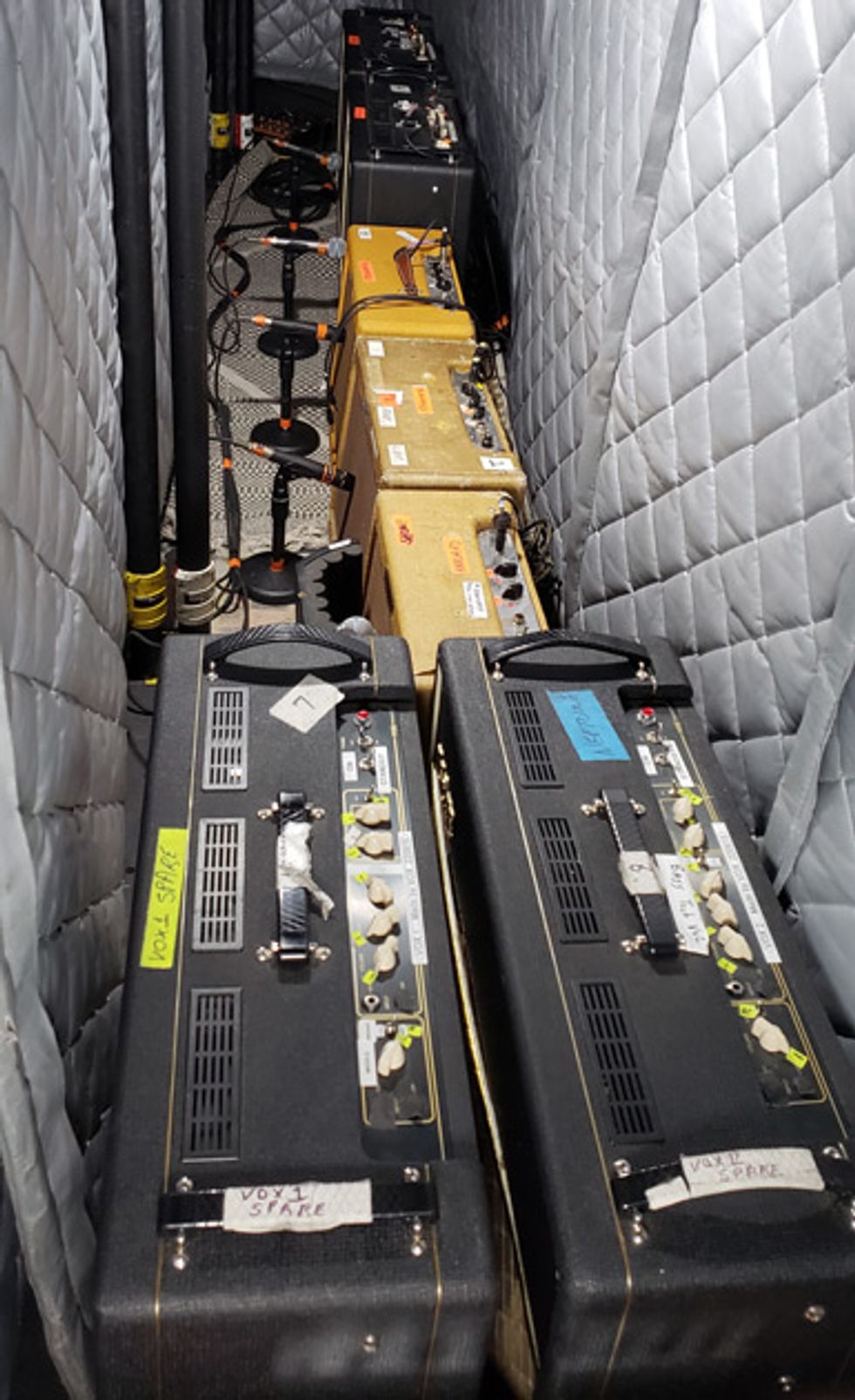
The Edge’s tone comes from combining various vintage and new amps. Under the stage sits Amp Alley, which houses a baffled row of glowing tubes and cranked speakers. Of course, each amp has a spare standing by.
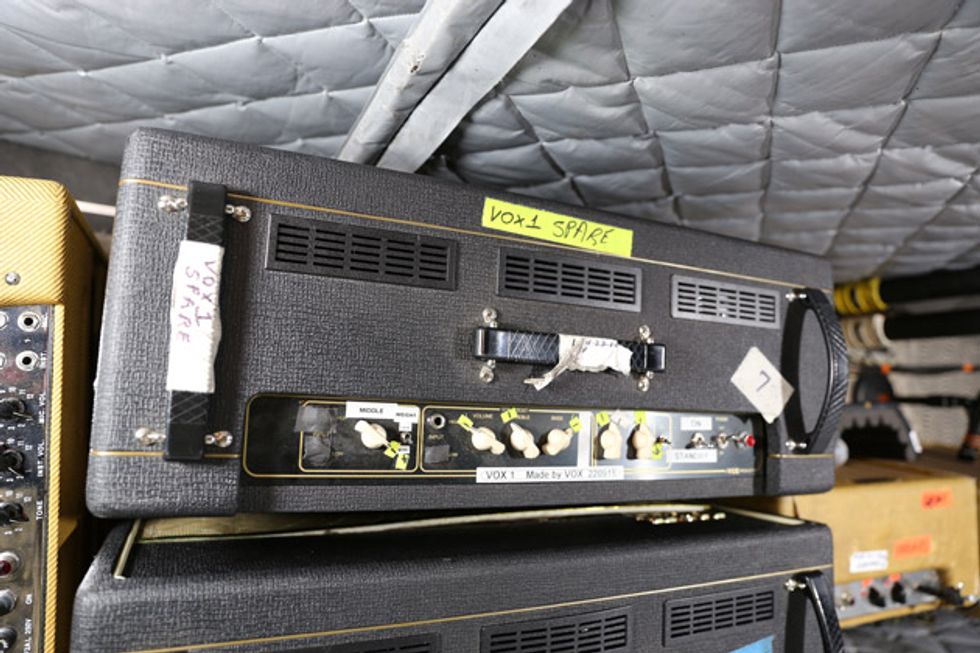
Vintage Vox AC30s have been a cornerstone of Edge’s tone since his earliest days. On this tour he takes out two 2015 Vox AC30TB combos handwired by Dave Clarke and two 2016 Vox AC30s that Clarke tweaked.
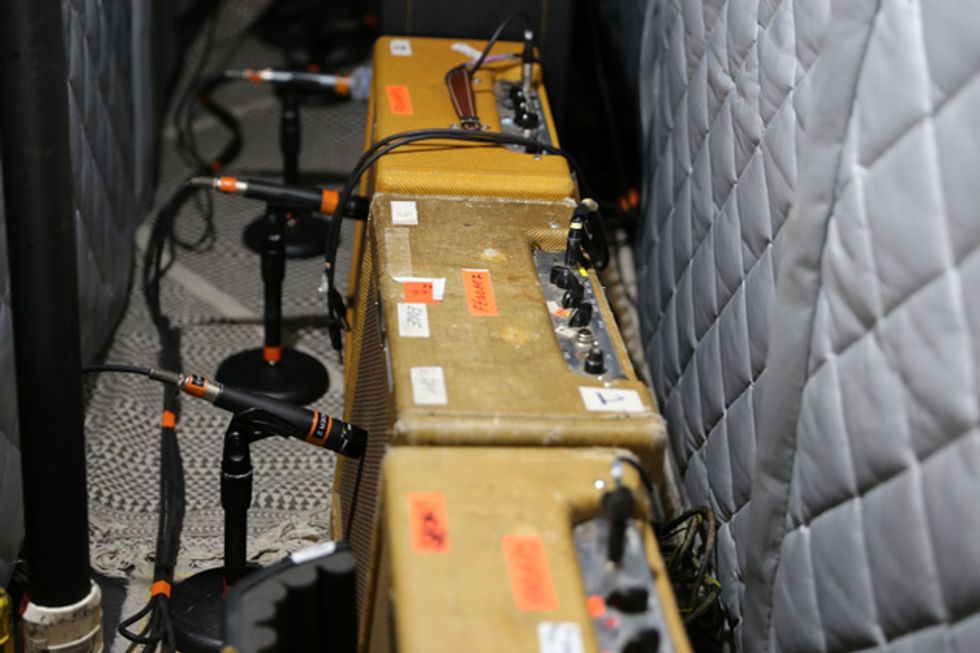
Three tweed-style amps round out Edge’s stash. From the top we have a Fender Edge Deluxe, a 1957 Fender Tweed Deluxe, and finally a 1957 Fender Harvard.
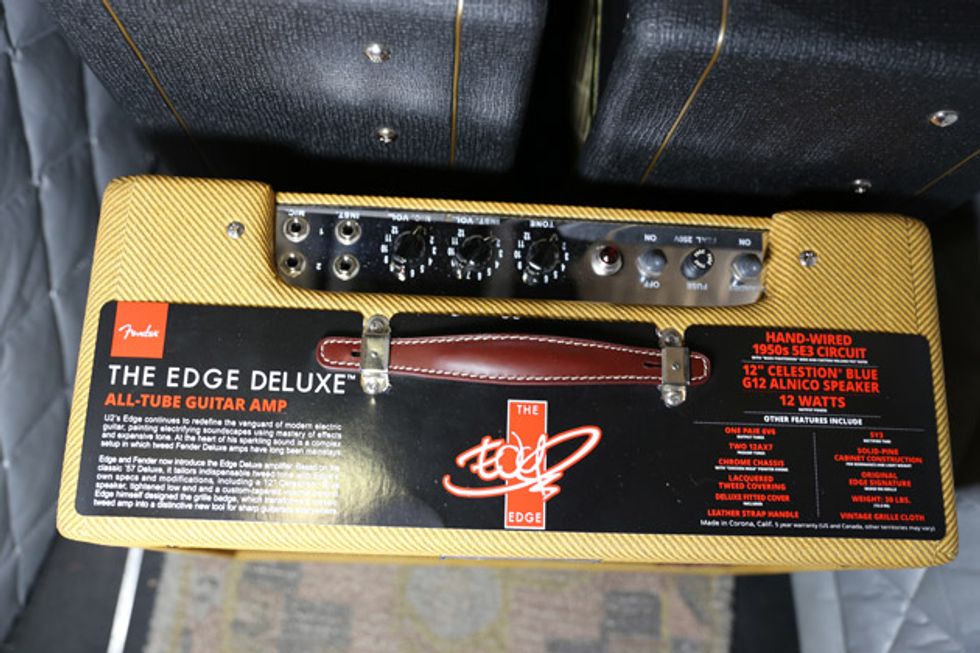
The only amp onstage is a lone 2017 Fender The Edge Signature Deluxe Combo.
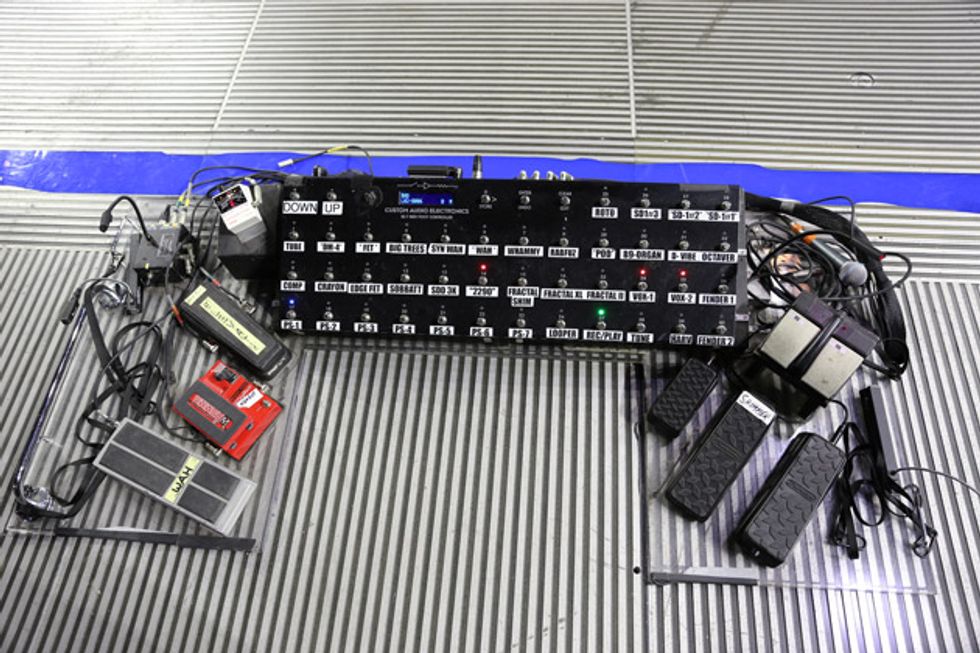
The Edge has worked with Bob Bradshaw for years to help create his live rigs. The effects are controlled by two Bradshaw RS40 controllers: one is onstage, and a second unit sits with Dallas. In addition to the RS40, Edge has a DigiTech WH-1 Whammy, a Boss 500V Expression Pedal for his Custom Audio remote wah, two Dunlop Volume X pedals (one for reverb, one for delay), and a Dunlop Mini Volume X, which is used for quick octave pitch shifting.
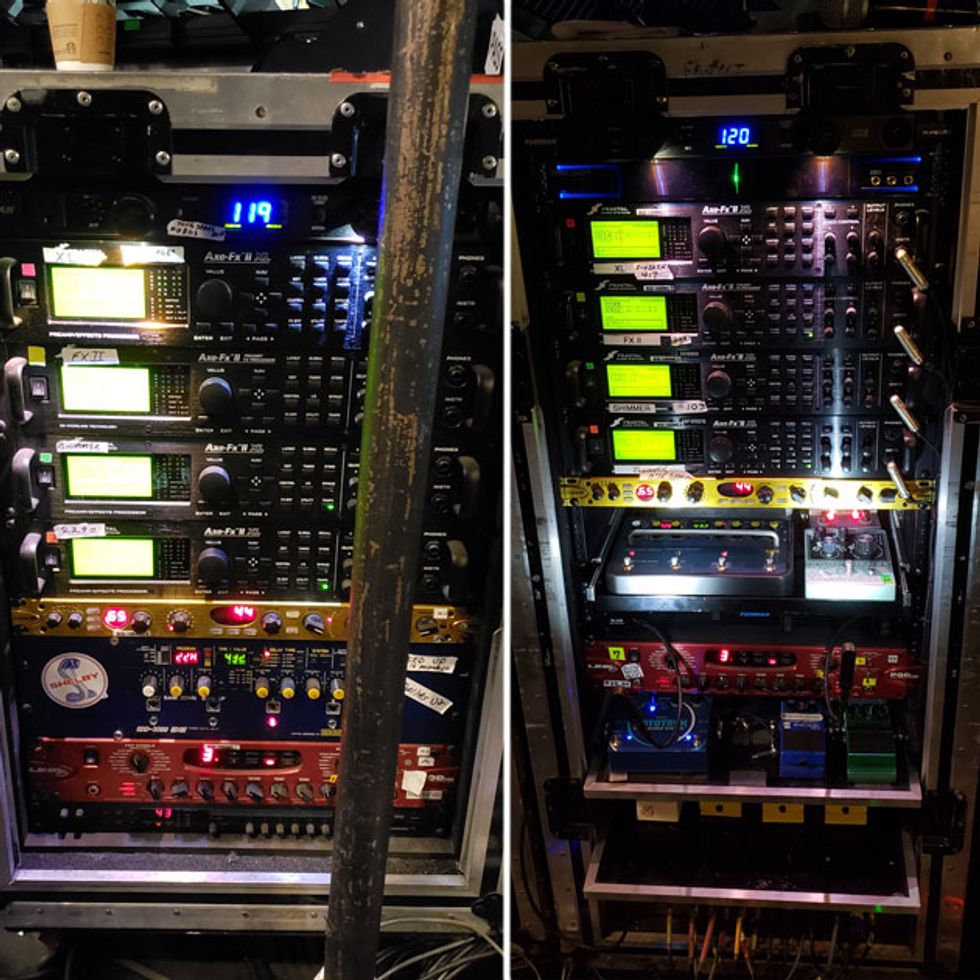
Edge’s racks hold Furman PL-PRO DM C E power conditioners, three Fractal Audio Axe-Fx II XL units, a Korg Pitchblack Rack Tuner, a custom Line 6 DM-4, a Line 6 Pod Pro, a Korg SDD-3000, an Ibanez TS-9 Tube Screamer, a Boss FA-1 FET boost, a Boss CS-2 Compression Sustainer, a Boss OC-3 Super Octave, a prototype Fender distortion pedal, a Diamond VIB1 Vibrato, an Electro-Harmonix B9, a DigiTech SynthWah, a Voodoo Lab Pedal Power Mondo, four MIDI Solutions Mergers, a Line 6 M5, three Boss SD-1 Super Overdrives, a JHS Crayon, a sobbat DB-2 Drive Breaker, and several Bradshaw-designed Custom Audio Electronics splitters, loop boxes, and interfaces.
Click to subscribe to our weekly Rig Rundown podcast:




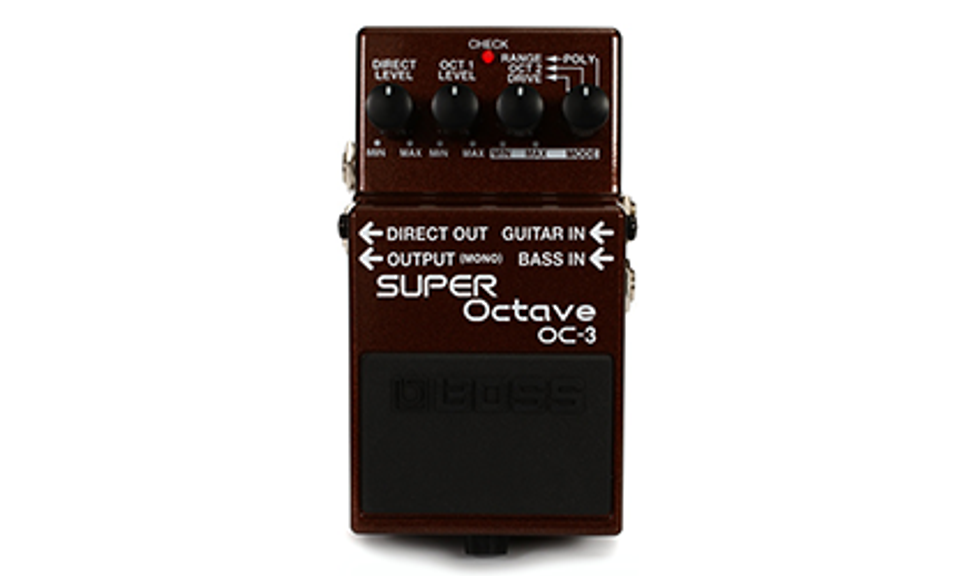
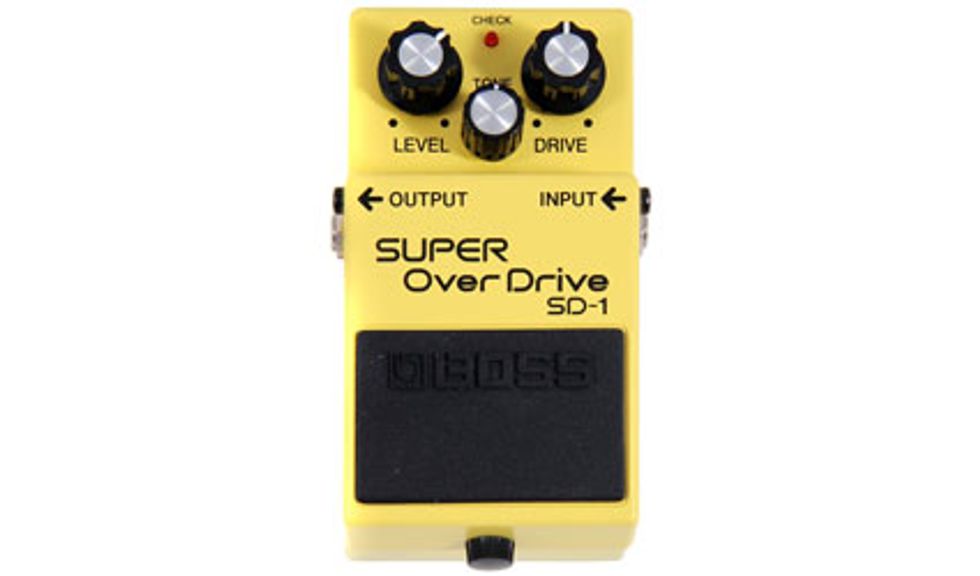
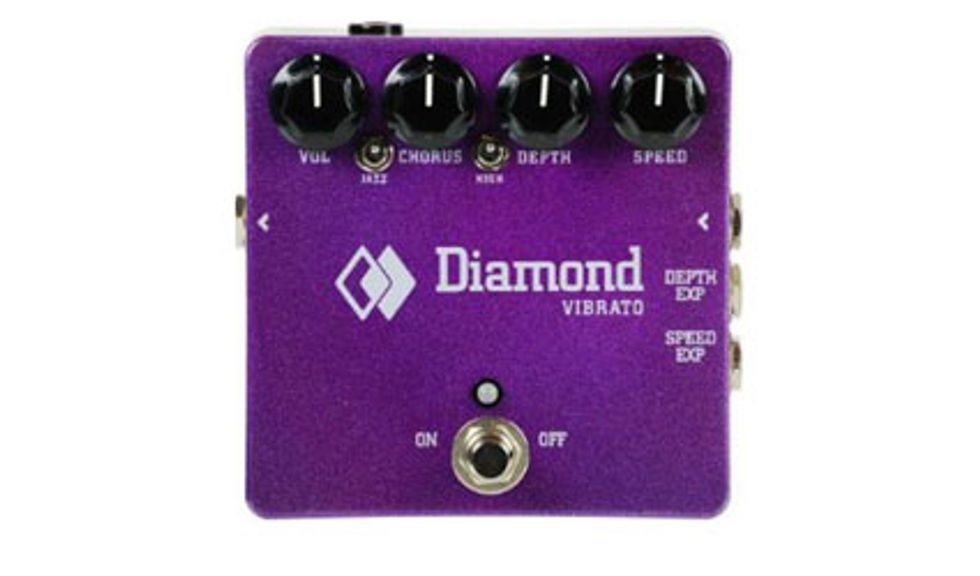
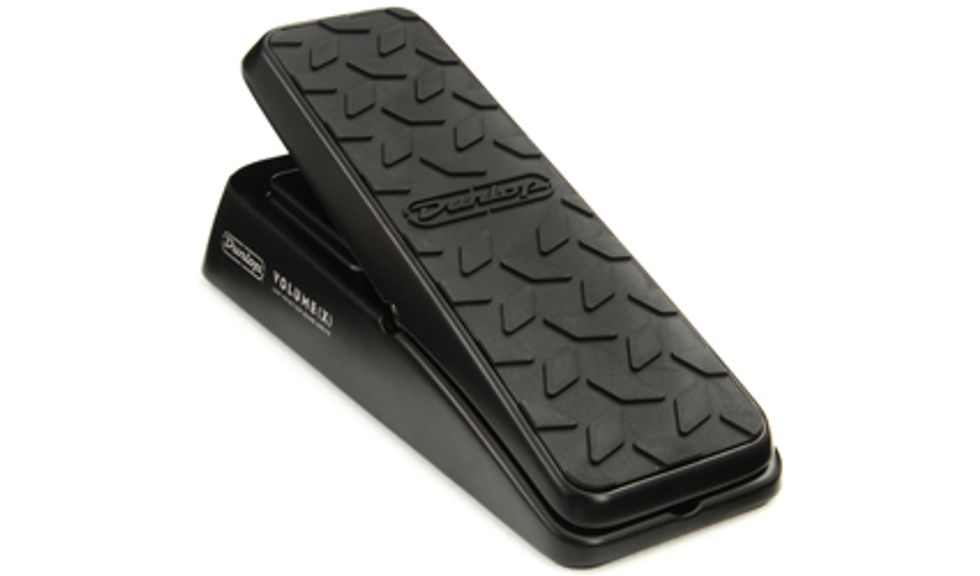

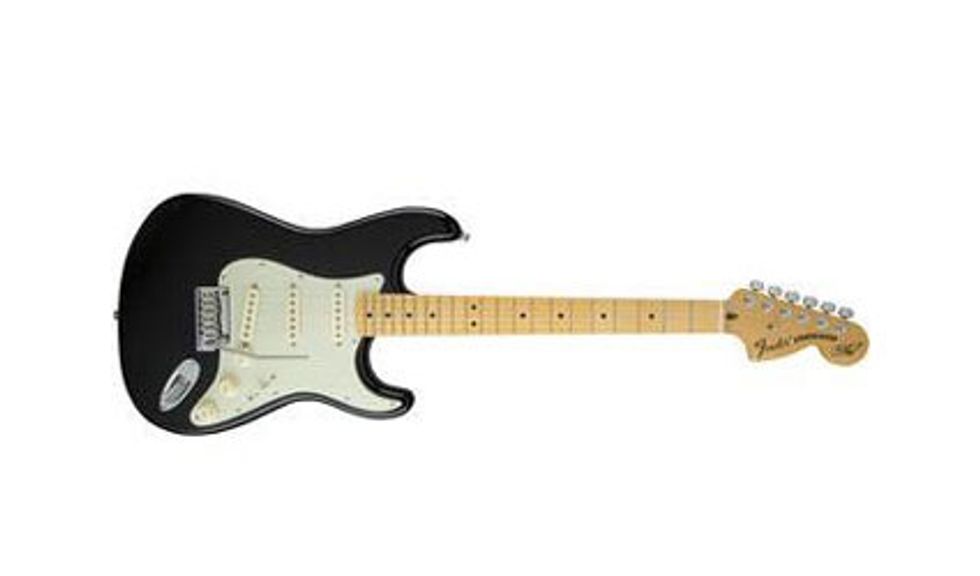

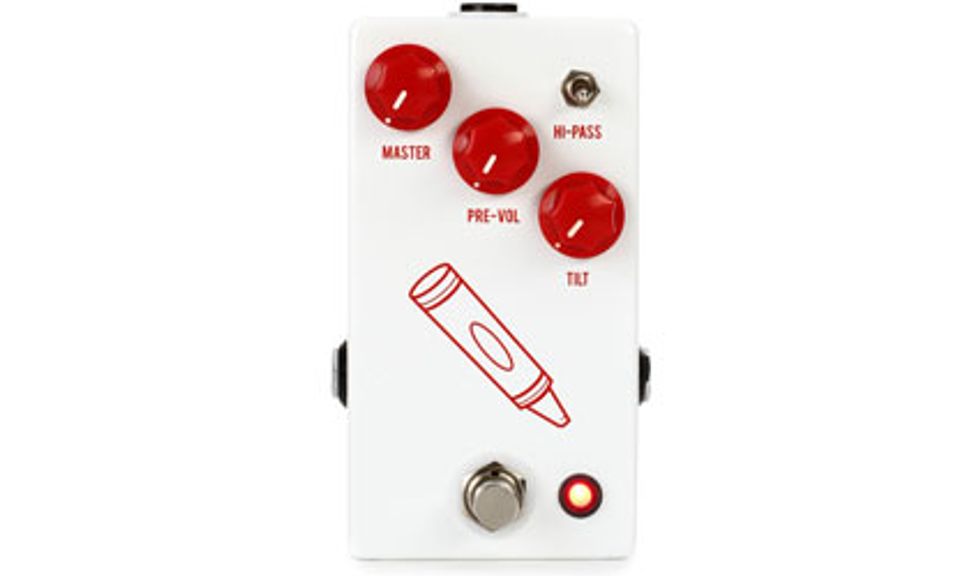
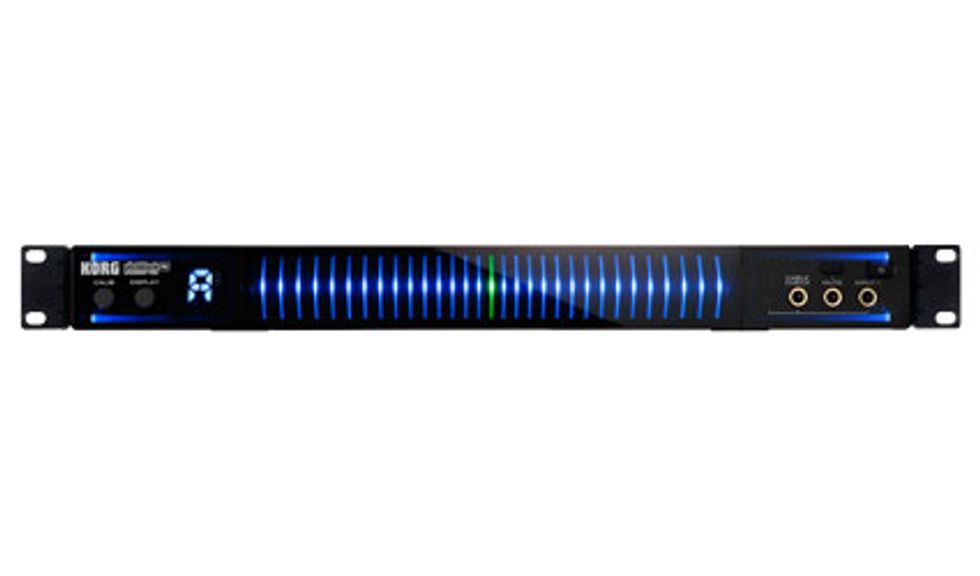
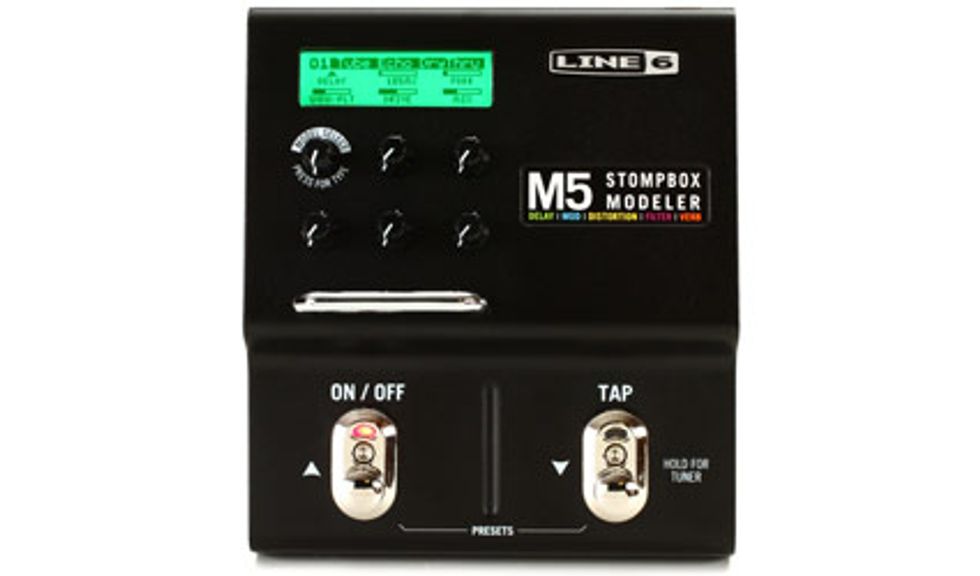
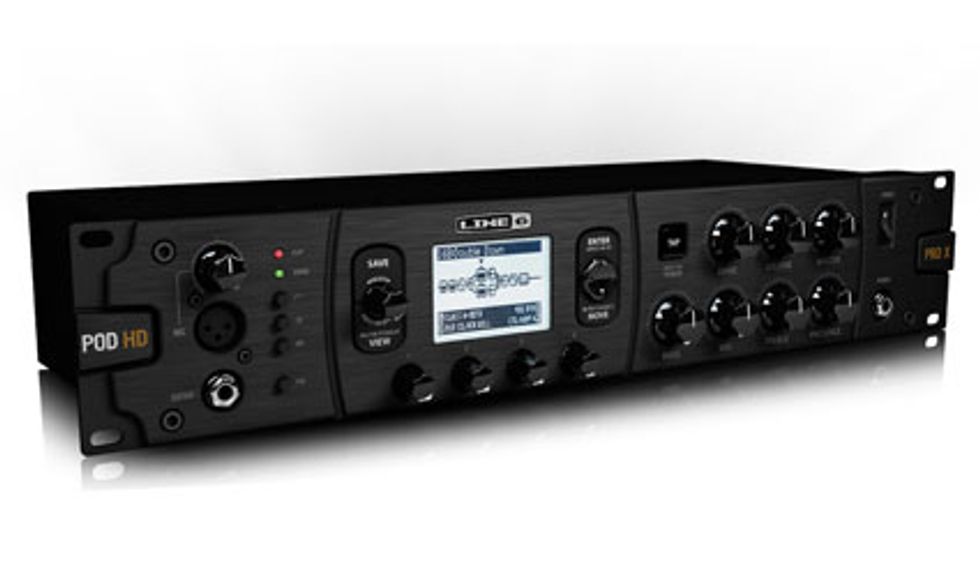
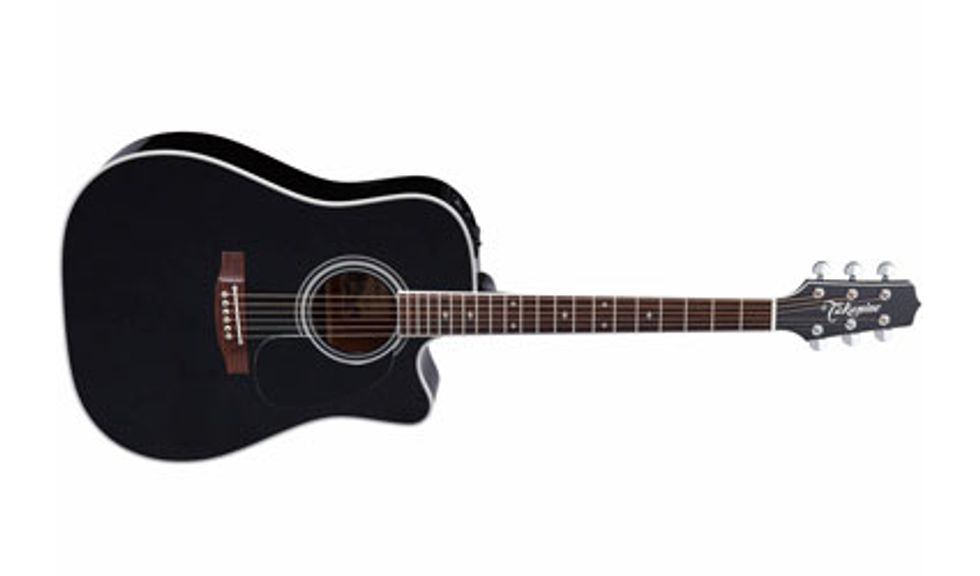
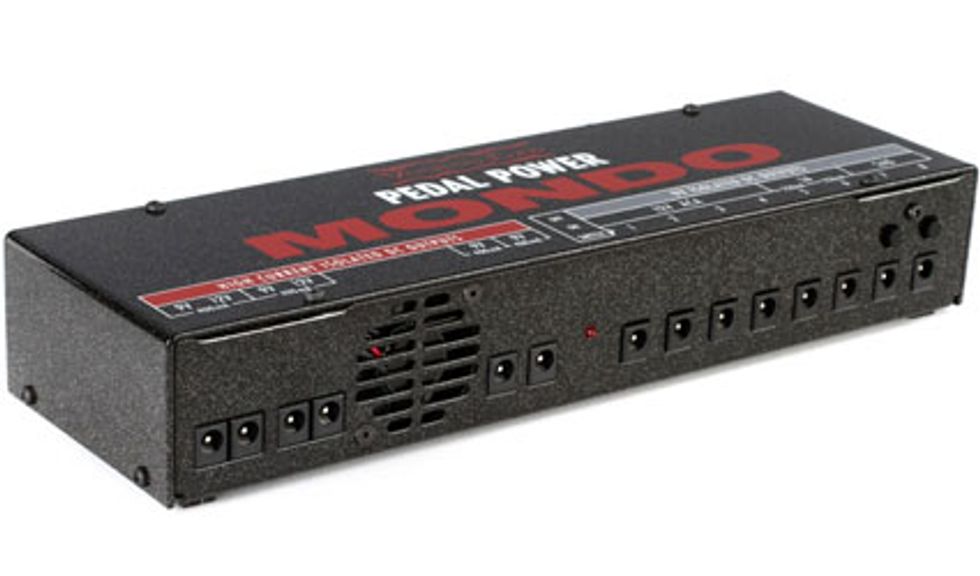




![Rig Rundown: Russian Circles’ Mike Sullivan [2025]](https://www.premierguitar.com/media-library/youtube.jpg?id=62303631&width=1245&height=700&quality=70&coordinates=0%2C0%2C0%2C0)








